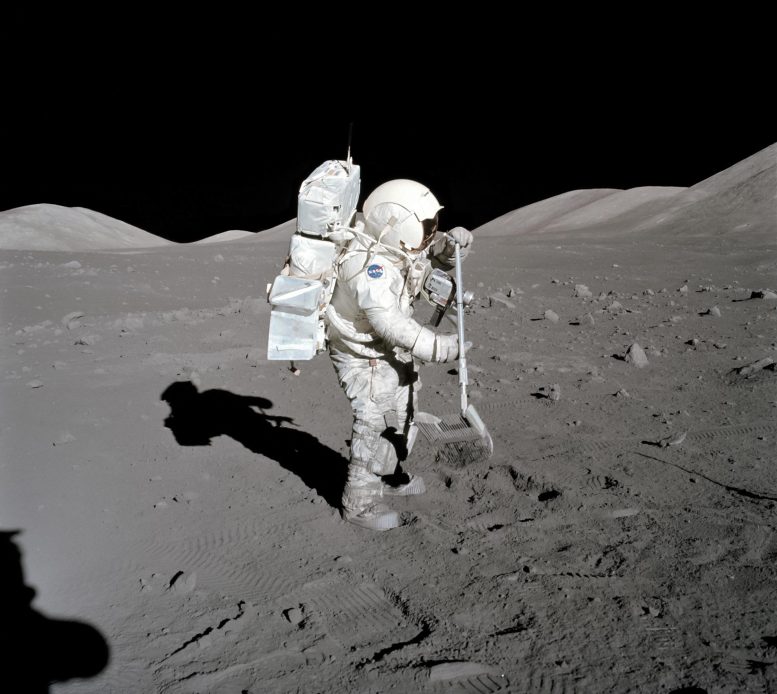
In this image, a NASA astronaut is on the Moon collecting lunar samples using a rake. This Moon landing was part of the Apollo 11 mission, which was the very first mission to land astronauts on the Moon. These astronauts were Neil Armstrong and Buzz Aldrin. Apollo 11 carried the first geologic samples from the Moon back to Earth. In all, astronauts collected 22 kg of material, including 50 rocks, samples of the fine-grained lunar soil, and two core tubes that included material from up to 13 cm below the Moon’s surface. These samples contained no water and provided no evidence of living organisms at any time in the Moon’s history. Credit: NASA
Where are the Moon rocks?
Where are the Moon rocks from the Apollo missions kept? When they’re not being studied by institutions or enjoyed by museumgoers, NASA has a specialized Lunar Sample Curation Laboratory at NASA’s Johnson Space Center to store and keep these otherworldly samples safe.
Studying these samples helps us learn more about the origin of not only our moon, but our planet. Deputy Apollo Sample Curator (September 2019 – December 2022) Dr. Juliane Gross explains more about lunar sample curation.
Video Transcript:
We’re in the lunar curation facility here, and this is where the Moon rocks are stored. I’m super excited about the upcoming Artemis missions because we’re going to go back to the Moon. We’re going to go to the South Pole. We’re going to bring back different samples this time.
Studying Moon rocks is really important because we can learn about the Moon. We can learn about Earth. We can learn about their history, their birth together 4.5 billion years ago. And we can also learn about the solar system and the planets within.
This is a clean room facility, and so that means the air gets filtered and we have to wear these special suits. And the Moon rocks are stored in these cabinets that are filled with nitrogen. And we do that because we want to keep them safe from Earth water and Earth atmosphere and of course germs and all sorts of other weird things.
And studying Apollo samples, the Moon rocks we have here, will help us to understand what we can find there and what kind of tools we need, so we can collect more samples and bring them back to study for the next generation of lunar scientists.
We Asked a NASA Expert Video Series
- How Do We Communicate With Spacecraft?
- Is Polar Ice Melting?
- Why is Sea Level Rising?
- Why is Venus Called Earth’s Evil Twin?
- Is NASA Really Crashing a Spacecraft Into an Asteroid?
- Is NASA Aware of Any Earth-Threatening Asteroids?
- When Was the Last Time an Asteroid Hit Earth?
- How Did Perseverance Mars Rover Pick Its Landing Spot?
- What if an Asteroid Was Going To Hit Earth?
- Did Mars Ever Look Like Earth?
- What Are Lagrange Points?
- What Are the Trojan Asteroids?
- Is There Oxygen on Mars?
- Does NASA Know About All the Asteroids?
- Do Aliens Exist?
- Is There Weather on Mars?
- Will an Asteroid Ever Hit Earth?
- Is Mars Habitable?
- Could Microbes Survive a Trip to Mars?


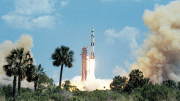
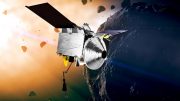
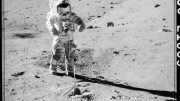
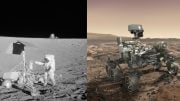
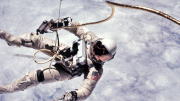

The short answer is NASA lost them. Deputy Apollo Sample Curator Dr. Juliane Gross failed to mention that. From the wiki “Stolen and missing Moon rocks”, 180 of the 270 moon rocks collected are missing. The ones NASA gave out as gifts were considered worthless and lost, and many they kept were stolen. If you think you have one, you likely don’t, as there’s fakes. If you want to give an underwhelming gift or start a very brief business, consider fraudulent moon-rock, which you can find laying about everywhere.